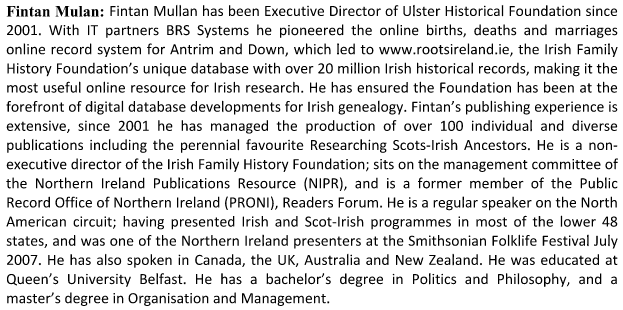The use of period maps in genealogical research can help to paint a splendid picture of the lives of our ancestors. One example of this little used tool is the vast collection of Sanborn Fire Insurance maps covering about 12,000 US cities and towns from 1867-2007. These maps are detailed down to the type of structure (i.e. brick, wood, single story, two story, outhouses, carriage-houses, etc.
Close examination of such maps allows you to see if your ancestor lived with their home backed up to the canal- trace with a coal yard on the other side of the dirty water. The front of the multi-family dwelling faced a busy street with a macaroni factory, a furniture factory, and a coal operated electric plant. Oh how odoriferous it must have been to have the many horses, oxen, and mules pulling the drays and canal boats all around the home. On a hot summers day opening the windows in hope of catching the faintest of breezes meant you welcomed the coal dust, stink, and the constant noise of industry into every corner of the house. The coal dust would hang thick in the air mixed with the belching soot from all of the chimneys filling everyone’s lungs while making clean laundry from the clothesline only a dream. Children would never have slipped into the canal for a dip. Nor would any boy be enticed by the mountains of coal crying “King of the mountain anyone”. The Rail-yard which was behind the apartments and factories out the front door was constantly beckoning to young imaginative and adventurous minds with glistening hissing steam-engines, boxcars, cabooses. We haven’t even started to talk about the sanitary conditions. It is amazing that these children survived to maturity.
An ultimate in what maps can bring to the pallet of the painting of a family story was generated by six students from DeMontfort University in the UK. You have to watch the 3D flyover of 17th century London created using period maps and diaries of the period. IT is incredible.
http://www.openculture.com/2013/11/fly-through-17th-century-london.html






